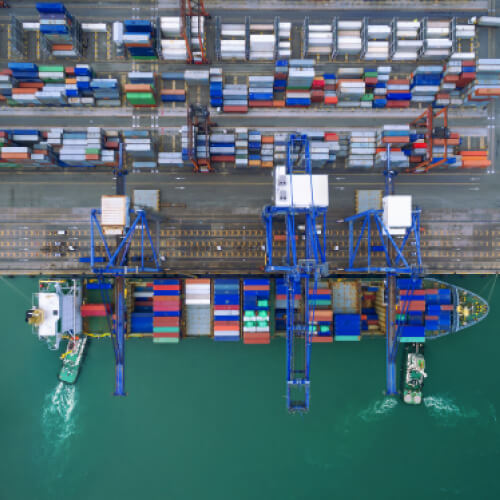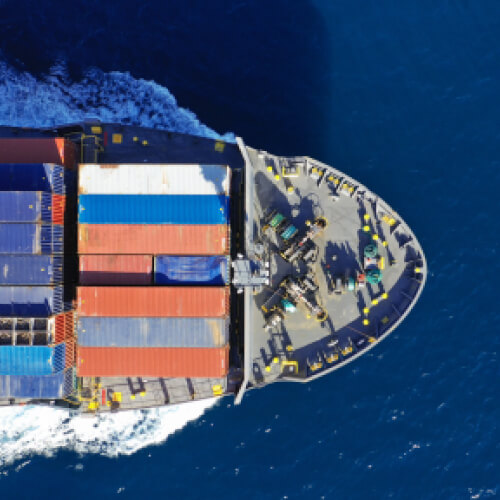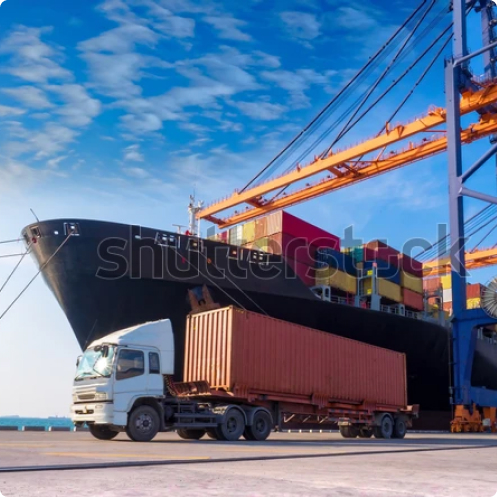In international trade, having clear and accurate documentation is essential for ensuring smooth operations and avoiding customs issues. One of the most commonly requested documents during the export or import of goods is the Certificate of Origin. This document, which identifies the country in which the goods were produced, plays a key role in determining customs duties, applying preferential trade agreements, and complying with local regulations.
In this article by Savino Del Bene, we explore in detail what a Certificate of Origin is, when it’s needed, how to obtain one, and how to complete it properly—offering practical examples and tips to avoid common mistakes.
What is a Certificate of Origin?
A Certificate of Origin (often abbreviated as CO or C/O) is an official document that certifies the country where a product was manufactured, processed, or substantially transformed. It confirms that the exported product was either entirely produced or significantly altered in a specific country.
Beyond identifying the commercial nationality of a product, the Certificate of Origin allows the importing country’s customs authorities to apply the correct tariffs based on existing bilateral or multilateral trade agreements. A properly issued certificate supports commercial transparency and helps prevent unfair practices like dumping.
Types of Certificates of Origin
There are two main types of Certificates of Origin, each serving different purposes: preferential and non-preferential.
Non-preferential Certificate of Origin
The non-preferential certificate is the most common type. It is typically required for statistical, labeling, or regulatory compliance in the importing country. It certifies the country of origin of the goods but does not grant any tariff advantages. It may also be required in cases involving embargoes, trade restrictions, or anti-dumping measures.
Preferential Certificate of Origin
A preferential certificate allows the exported goods to benefit from reduced or zero customs duties in the destination country, based on specific trade agreements. Notable examples include:
- EUR.1 or EUR-MED for trade with countries that have preferential agreements with the European Union;
- Form A, used under the Generalized System of Preferences (GSP).
This type of certificate requires that the goods meet the rules of preferential origin established by the specific agreement.
Key differences between preferential and non-preferential certificates
The main difference lies in customs treatment and trade agreements. A preferential certificate provides access to lower or zero tariffs under specific agreements and demands compliance with stricter origin rules. In contrast, a non-preferential certificate does not provide tariff benefits but is often necessary for regulatory or statistical purposes. Both types are essential and must be used appropriately, depending on the nature of the export and the regulations of the importing country.

When is a Certificate of Origin required and why?
A Certificate of Origin becomes necessary in many international transactions, although it is not always mandatory. Its requirement depends on the destination country, the type of goods being exported, and the applicable trade agreements. Understanding when it’s required is key to avoiding customs delays, fines, or blocked shipments.
A certificate is required when:
- The importing country mandates proof of origin to apply local regulations, restrictions, or security measures;
- The exporter wants to benefit from trade agreements that offer reduced or zero duties—in this case, a preferential certificate is necessary;
- A letter of credit explicitly mentions the certificate as a condition for payment;
- The importer requests it for fiscal, insurance, or contractual reasons;
- The goods are destined for countries subject to anti-dumping measures, embargoes, or trade sanctions, where proving origin is essential.
Though sometimes considered a formality, the Certificate of Origin for export is a critical document. It ensures product legitimacy, eases access to foreign markets, and avoids disruptions that could jeopardize entire shipments. For this reason, exporters should always check the destination country’s customs regulations and consider issuing the certificate even when it’s not explicitly required.
Who issues the Certificate of Origin and how to get one?
In the United States, a Certificate of Origin is typically issued by local Chambers of Commerce. Exporters can also use accredited service providers authorized to issue valid certificates. While U.S. Customs and Border Protection (CBP) does not directly issue Certificates of Origin, it may require them during customs clearance in the destination country.
How to get the Certificate of Origin: the procedure
The general process in the U.S. is as follows:
- Prepare all export-related documents (e.g., invoice, packing list);
- Access the Chamber’s online certificate platform (such as essCert or SWIFTcert);
- Fill out the form with exporter and consignee details, product description, HS Code, and invoice reference;
- Upload the supporting documentation;
- Submit the application for review;
- Upon approval, the certificate is issued digitally or in hard copy with the Chamber’s stamp.
Certificate of Origin of goods: procedures in EU and China
In many other parts of the world, the procedure is similar. In both the European Union and China, local Chambers of Commerce are the main authorities responsible for issuing Certificates of Origin.
Specifically, in China, there is also a special document known as Form E. This certificate confirms the origin of goods for shipments to ASEAN countries under a preferential agreement. To obtain Form E, goods must be entirely produced or substantially transformed in China, meeting the rules of origin defined in the relevant agreement. Like the standard certificate, Form E is issued by authorized chambers or trade authorities in China and is widely used for benefiting from preferential tariffs in Asian markets.
How to fill out a Certificate of Origin: example and guidelines
Filling out a Certificate of Origin requires attention to detail and familiarity with customs regulations. Any error, omission, or inconsistency with accompanying documents (like the invoice or bill of lading) can lead to customs delays or the denial of duty benefits. It is therefore essential to follow official guidelines.
How to fill out a certificate of origin: the data to be entered
A typical Certificate of Origin—preferential or not—includes:
- Exporter details: full name, address, and tax ID;
- Consignee (importer) details: name, address, and destination country;
- Product description: accurate and matching the invoice;
- HS Code (Harmonized System classification);
- Country of origin: where the goods were manufactured or significantly transformed;
- Quantity, packaging type, gross and net weight;
- Invoice reference: number, date, and value;
- Date, location, and exporter’s signature;
- Chamber of Commerce stamp and signature.
Example of a filled-out Certificate of Origin
Let’s consider a shipment of mechanical components from a U.S. company to a customer in Germany. The certificate might include:
- Exporter: American Gear Works Inc., 52 Industrial Drive, Houston, TX, USA;
- Consignee: Berlin Auto Components GmbH, Berliner Straße 19, Berlin, Germany;
- Goods description: Precision steel gears, diameter 150 mm, for automotive use;
- HS Code: 8483.10;
- Country of origin: United States;
- Quantity: 50 packages, 1,200 kg gross, 1,050 kg net;
- Invoice: No. INV-2025-045, dated 05/14/2025;
- Signature and stamp: by the exporter and the Houston Chamber of Commerce.
Keep in mind that some countries may require electronic forms or specific language versions. If you are applying for a preferential certificate, you might also need to attach a declaration of origin from the manufacturer.
Conclusion
The Certificate of Origin is a critical tool for ensuring compliance with international trade laws, benefiting from tariff reductions, and simplifying customs procedures. Whether preferential or non-preferential, understanding how it works and how to obtain one is essential for companies engaged in global trade.
To streamline your export documentation and customs clearance process, consider relying on the expertise of the Savino Del Bene team. Learn more about our customs services or contact your local Savino Del Bene representative directly for a tailored consultation for your business.





